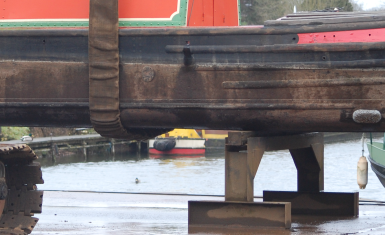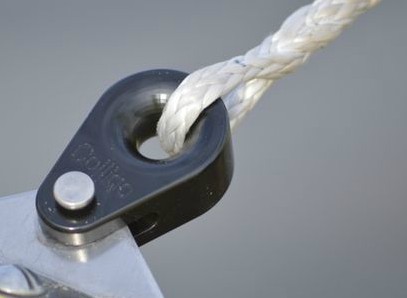

An Autonomous Underwater Vehicle (AUV) operates independently from the ship and has no connecting cables while Micro ROVs are connected to an operator on the surface host ship by a load-carrying umbilical cable which provides communication and control.
A Remotely Operated underwater Vehicle (ROV) is a tethered underwater mobile device. ROVs are unoccupied, highly maneuverable, and operated by a Continue reading “Micro ROVs enablers for Marine Surveyors”










